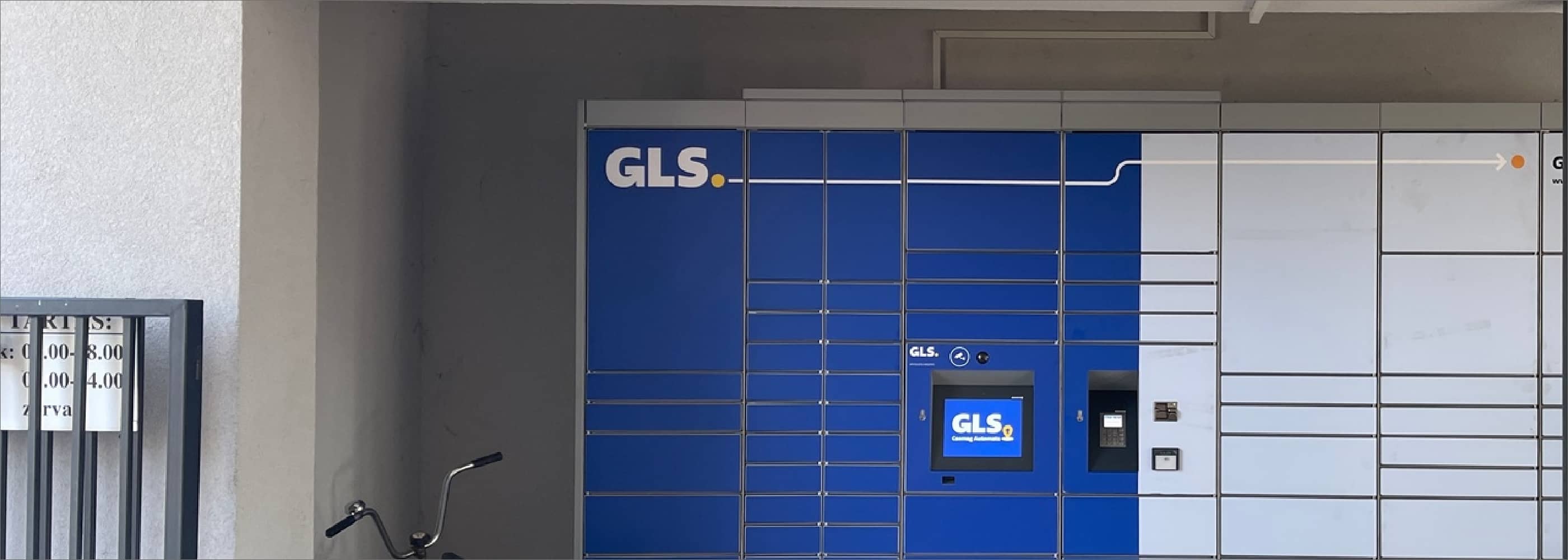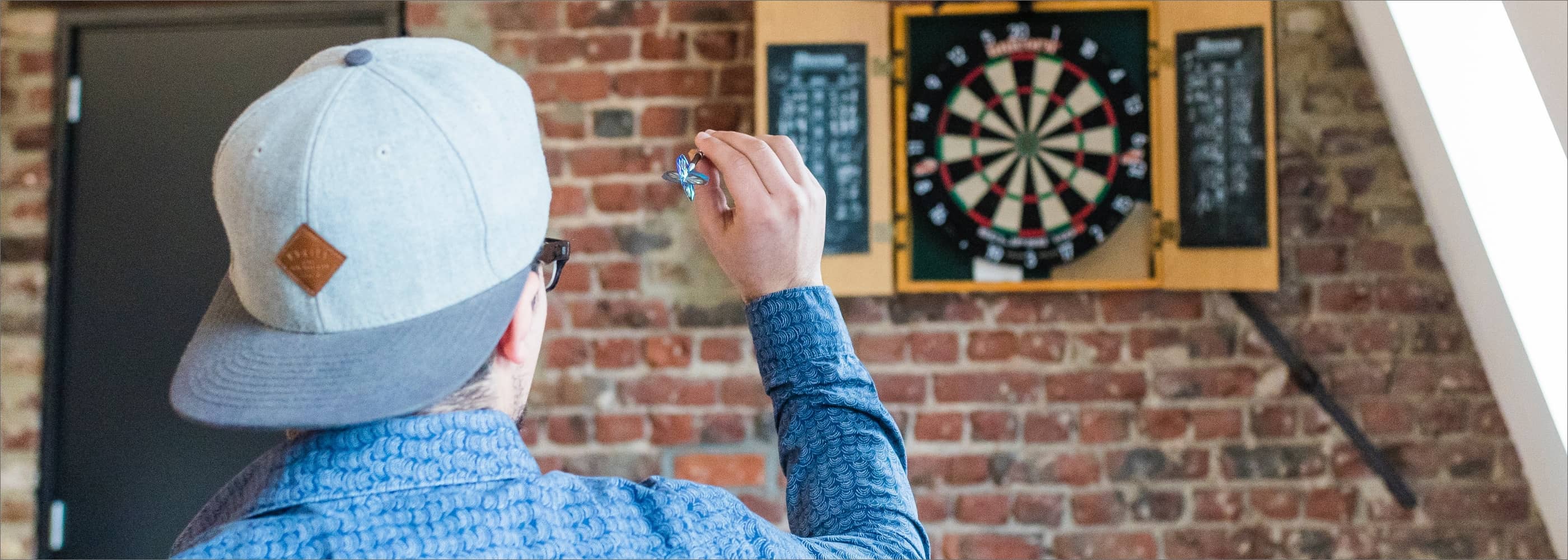Miután elmélyültél a darts világában, az írásaimnak köszönhetően megismerkedtél annak történetével és szabályaival, valamint feltételezhetően már otthon is játszottál valamennyit, valószínűleg felmerült a kérdés benned: „Hogyan fejlődhetnék tovább a leghatékonyabban?” A mai modern világban az idő az egyik legértékesebb erőforrás, és mindenki azt szeretné tudni, hogyan érheti el céljait a legrövidebb idő alatt. Ha a dartsban szeretnéd növelni a jártasságodat és a dobásaid pontosságát, akkor elengedhetetlen a hatékony gyakorlás és mit rendszerint meg kell, hogy előzzön a megfelelő bemelegítés.
Darts Edzés: Javaslatok a Kiemelkedő Fejlődéshez
A dartsban való fejlődés kulcsa a kitartó gyakorlásban rejlik. Fontos, hogy gyakorlás alatt nem azt értem, hogy akár a telefon akár barátokkal 501-et játszunk, hanem valódi, kifejezetten a gyakorlásra összpontosító időt. A játék során az ember az ellenféllel vagy éppen egy applikáció ellen játszik, és ilyenkor sokkal jobban figyelünk a játék állására, az ellenfél dobásaira, mintsem arra, hogy hogyan is engedjük el a nyilat, mennyire voltunk stabilak a dobás pillanatában illetve milyen egyéb hibákat követtünk el az adott dobáskor amit aztán megpróbálunk a következő körben kijavítani. Valóban fontos játékra és stressz hatása alatti játékra időt szánni, ugyan úgy mint ahogy az sem elégséges, hogy tudunk tömeget dobni de kiszállni már nem vagy fordítva. Ugyan úgy mint az élet bármely területén a gyakorlatot mindig megelőzi az elméleti alapok elsajátítása ami által magabiztosságot szerzel abban, hogy végre tudod hajtani egyre kevesebb hibával a dobásokat, ezért is mondom, hogy a valódi fejlődéshez elengedhetetlen a koncentrált gyakorlás időszaka. Ebben az időszakban az ember a játékhoz képest teljesen különböző szemlélettel közelít a darts táblához. Különböző, konkrét céllal rendelkező feladatokat hajt végre, és ezzel olyan izommemóriát fejleszt ki, amely végeredményban minden egyes célzott szegmenshez kapcsolódni fog. Emellett pedig sokkal egyszerűbb ilyenkor figyelni a testtartásra, stabilitásra, dobómozdulatra, a könyök billegésére, a csukló megfelelő kivezetésére illetve arra, hogy feltűnjön ha minden egyes alkalommal máshogyan fogod a nyilat. A cél egyszerű, minden egyes dobás során ugyanazt a mozdulatot kell pontosan megismételni.
Gyakorláskor fontos figyelembe venni, hogy minden játékosnak mások az erősségei és a gyengeségei. Nincs olyan univerzális gyakorlat, ami mindenkinek ugyanannyira segítene. Éppen ezért fontos felfedezni, hogy melyek azok a területek, ahol további fejlődésre van szükség. Például egyeseknek a dupla, másoknak a tripla szektorban van szükségük nagyobb mértékű javulásra. Ezen a ponton fontos szem előtt tartani, hogy minden edzés egyedileg alkalmazkodjon a játékos szükségleteihez.
Egy hatékony edzés összeállítása több tényezőtől is függ. Az edzés hosszúsága és rendszeressége, illetve a fejlesztendő területek mind személyes preferenciáktól és céloktól függenek. Véleményem szerint sokkel fontosabb a rendszeresség, mint az edzés hosszúsága. Hidd el nekem többre mész azzal, ha napi 1 órát szánsz játékra mintha heti kétszer 3 órát. Ennek oka az, hogy egy 3 órás edzés utolsó harmadában már teljesen máshogy fogsz dobni, mint egy órával azelőtt, mert a karod már fárad sokkal inkább fogod ejteni a nyilakat, így amikor következő alkalommal táblához állsz nem fogod érteni, hogy mi a probléma. Természetesen ez alól kivételt képeznek a verseny szintű játékosok, mert ők ehhez a terheléshez már hozzá vannak szokva, illetve hosszabb edzések alkalmával fokozott figyelmet szentelnek a megfelelő, időszakos pihenők beiktatására is. Így ha feltételezzük, hogy nagyon gyorsan nagyon magasra akarsz törni akkor célszerű lehet megcélozni a heti 5-7 alkalmaz 1,5-2 órás etapokkal. Függően a fizikai állapotodtól ezt célszerű lehet lépésenként megvalósítani, mert ez már komoly terhelés a vázizomzatnak. Mérsékelt fizikus esetén heti 2-3 alkalomról, alkalmanként 1-1,5 óráról okozatosan emelve először az alkalom számot aztán az alkalmankénti idő hosszát.
Ha ritkán van lehetőséged edzeni (heti egy vagy kevesebb alkalom), akkor célszerű mérsékelt célokat kitűzni, mert sok idő telik el mire újra játszol és ilyenkor az edzés első szakasza arról szól, hogy felvedd a fonalat nem pedig a fejlődésről ezáltal lassú fejlődésre lehet számítani. Ilyenkor célszerű olyan gyakorlatokat választani, amelyek érintik az összes területet amire szükséged van egy edzésalkalmon belül és ritkábban tartani specifikus (szimpla, dupla, tripla) edzést.
Amennyiben pedig van lehetőséged heti több alkalommal tábla elé állni akkor kinyílnak az ajtók és sokkal jobban finomhangolt edzéseket tudsz összerakni ahol legtöbbször alkalommal tudsz fókuszálni a játék egy-egy területére.
Bemelegítési Rutin: Az Első Lépés a Siker Felé
A bemelegítés szintén kulcsfontosságú része a darts edzésnek. A megfelelő bemelegítés segíti az izmokat és az ízületeket a mozgásra való felkészülésben, és segít megelőzni sérüléseket, túlterheléseket. A bemelegítés során fókuszálj azokra a testrészekre, amelyek a darts dobás során a legnagyobb terhelésnek vannak kitéve. Ezek közé tartoznak a hát, a derék, a váll, a tricepsz, a könyök, a csukló, az ujjak és a nyak izmai. Körzéseket és könnyű nyújtó gyakorlatokat végezz, hogy előkészítsd ezeket az izmokat a komolyabb terhelésre.
Az átmozgatás után pedig jöhet a bemelegítés immár nyilakkal. Ennek a résznek az a lényege, hogy a már picit átmozgatott és megnyújtott izmok elkezdjék felvenni a ritmust, teljesen ellazuljanak és a dobásnál már érezd, hogy nem „kockás” a dobó mozdulat. Gondolj erre úgy, mint a kocogásra futóverseny előtt. Érdemes 10-15 percet szánni rá, bár ahogyan fejlődsz egyre hamarabb fogod érezni, hogy elérted a megfelelő szintet. Itt szükséges a dobásod azon részeire figyelni, amit az előző alkalommal megfigyeltél magadon. Gondolok itt olyanra, hogy például, hogyan fogtad a nyilat, milyen szögben volt a könyököd a felsőtested milyen szögben állt a táblához képest stb. A fejlődésed során ezeket a dolgokat fogod folyamatosan finomítani és alakítani, így a bemelegítéskor legyen meg a bázis amiből kiindulsz. (Fontos megjegyezzem, hogy a legfontosabb minden dobással kapcsolatos apróságnál, hogy számodra kényelmes legyen. Ha nem kényelmes próbálj ki mást)
Az alábbiakban találsz egy példát egy bemelegítési rutinra, amely segíthet abban, hogy hatékonyan felkészülj akár egy edzésre vagy egy ellenfél elleni játékra:
Jelmagyarázat: az egyes számok elött S=szimpla, D=dupla, T=tripla, D20-T20-S20= az eldobandó három nyíl sorrendben
- 10 kör tábla közepére (itt még nem célzunk csak dobod a nyilat, ha dupla 3 lesz belőle ne foglalkozz vele a maradék két nyilat csak dobd utána és a legfontosabb, hogy a mozdulatra figyelj, álljon össze)
- 10 kör bullra (itt már célzol, ha világgá ment akkor korrigáld)
- 10 kör S20
- D3-T3-bull, bull-T20-D20 3x
- D11-T11-bull, bull-T6-D6 3x
- 5 kör D20
- 5 kör D16
- 5 kör T20
Ha úgy érzed, hogy ennél hosszabb vagy rövidebb idő szükséges számodra ahhoz, hogy rendesen bemelegedj akkor természetesen igazítsd a saját ritmusodhoz az ismétlési számokat.
Technikai Finomítás: Összefoglalás
Fontos megjegyezni, hogy a gyakorlás során mindig figyelj a technikádra és a mozdulataidra. A minőségi dobások a mennyiség felett állnak. Ha észreveszel bármilyen hiányosságot vagy hibát a technikádban, ne habozz korrigálni és többször ismételni a gyakorlatokat, amíg a mozdulatok pontosak és stabilak nem lesznek. Ne feledd, a türelem és a kitartás kulcsfontosságú a dartsban való fejlődéshez. Az idővel és a gyakorlással egyre magabiztosabbá válsz, és képes leszel a pontos dobásokra még nyomás alatt is, mert függetlenül attól, hogy az agyad mit mond az izmaid már tudni fogják. A konkrét gyakorlatokra való példákat pedig keresd a tudástárban találsz jó párat, amivel el tudsz indulni. Jó játékot és sikeres gyakorlást kívánok!













Leave a comment
This site is protected by hCaptcha and the hCaptcha Privacy Policy and Terms of Service apply.